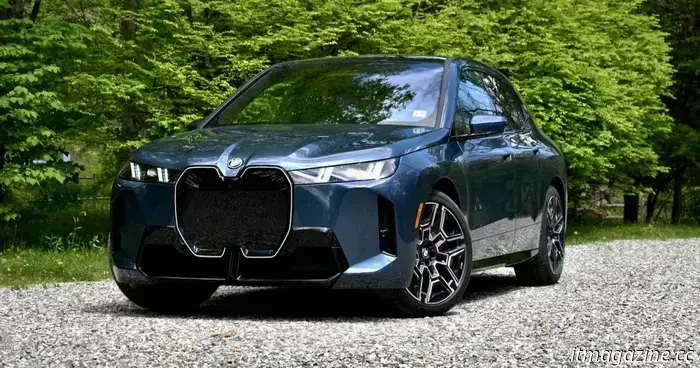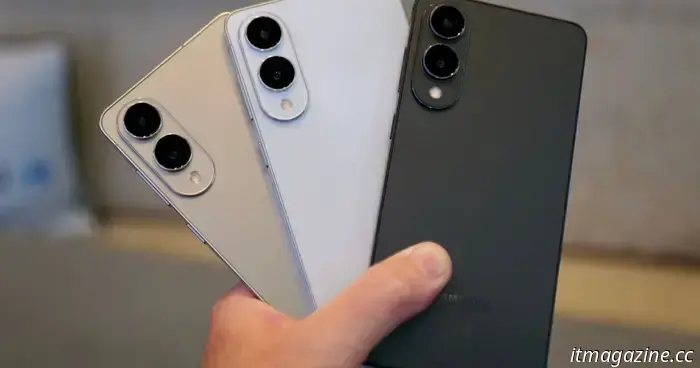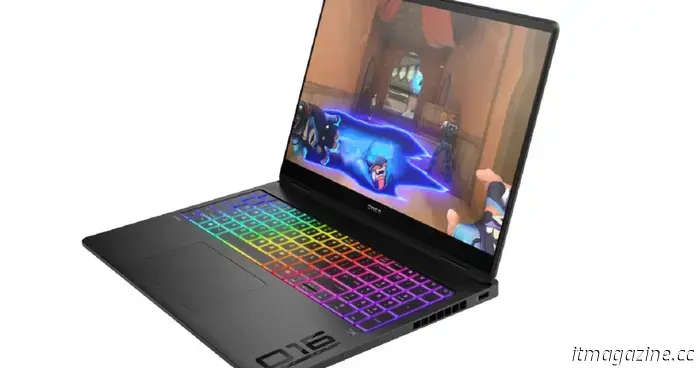
The 5 key insights from the unveiling of Google's Android 16
Android 16 is set to launch this year, and Google has dedicated time to share details about its key features and modifications. To help you get ready for its release, here are the five main highlights from the announcement.
**Discover Material 3 Expressive Design**
It took Google three years, 46 studies, and feedback from 18,000 global testers to develop Material 3 Expressive, the new design for Android. Google aims for this design to evoke feelings through careful use of color, shapes, animation, and more.
The design team analyzed elements such as where users look on screens and the time it takes to navigate controls, resulting in a system that is easier, quicker, and more enjoyable to use than before. Enhancements include new button groups, loading indicators, toolbars, and split buttons. Animations are more lively and natural, while fonts have been improved for better readability. The design maintains simplicity, as effective design should be immediately comprehensible to users.
These elements will be present throughout the operating system, from smoother notification dismissal to blurred backgrounds that enhance focus and context. A practical example of the in-depth changes brought by Material 3 Expressive is the larger, more prominent Send button in Gmail, which has moved from the top of the email to just above the keyboard, making it four times easier to locate. Notably, these design updates enhance usability for individuals of all ages.
Google encourages developers to incorporate Material 3 Expressive into their apps, urging them to prioritize functionality, be deliberate in their design choices, and adhere to new accessibility guidelines. Developers will have access to a range of new tools and design features, including fresh decorative shapes, animations, fonts, and color palettes.
**Wear OS 6**
Excitingly, Material 3 Expressive will also be available on smartwatches via Wear OS 6. Google is creating an operating system that adapts to circular displays to maximize screen usage and will include many components being introduced in Android 16 for phones.
This will feature the same lively buttons, smart color themes, and refreshed icons designed for easier information visibility. Wear OS 6 will showcase a new, more informative layout, user-friendly buttons, and a design that directs attention, mirroring the experience on smartphones. Google claims that the software has been optimized to extend battery life by 10% on both new and upgraded smartwatches.
Google describes Material 3 Expressive in Android 16 and Wear OS 6 as “a fundamental shift in the way your phone and watch operate,” indicating it encompasses much more than just a refreshed appearance and additional colors.
**More Google Gemini**
As expected, Google’s AI, Gemini, will have a significant role in Android 16. However, it will also extend to Wear OS, replacing Google Assistant. Gemini enables natural speech, connects with a variety of apps, and retrieves necessary information from them.
Gemini will be integrated into Android Auto and Google Built-in for vehicles as well. Google promotes it as the safest way to remain connected while driving, allowing hands-free interaction through conversational dialogue. By interacting with various apps, it can summarize messages, locate nearby charging or gas stations along your route, and provide news or initiate playlists. Google has optimized Gemini for automotive use by shortening its responses.
The AI will also be included in Android XR—the software platform in collaboration with Samsung—and will be available on Google TV as well.
**Introducing Find Hub**
Find My Device is transitioning to Find Hub, evolving into an application not just for tracking items but also for keeping in touch with friends and family. Find Hub will support location tracking in products from brands like Peak and July, and will soon support ultra-wideband tracking with tags such as the Moto Tag.
Google has established significant partnerships with airlines such as British Airways, Cathay Pacific, and Iberia to enable the sharing of Bluetooth location data for lost luggage. Later this year, satellite connectivity will be enabled, allowing users to communicate even in areas without cellular service.
**Safer and More Secure**
Google has indicated a stronger emphasis on safety and security in Android 16, incorporating various new tools, features, and protective measures. While making calls to individuals not in your contact list, the system will alert you to potential scams—like crypto scams, gift card scams, and tech support scams—instantly and on the device. The same protective measures will apply in Messages.
There are new permissions regarding accessibility for apps installed outside of the Play Store, improved safeguards for screen sharing, and security measures for banking apps during calls. Advanced Protection, previously noted in a beta version of Android 16, will be available, catering to those who prioritize security by allowing them to secure the device upon detecting potential attacks. Additionally, Google will introduce enhanced factory reset options, providing greater control over which features can be reset. Another new feature is Key Verifier, which uses a QR code to confirm end-to-end encryption and alerts users if discrepancies arise, such as during a SIM





Other articles
 NATO supports a Welsh startup that is developing a space factory for producing 'supermaterials'.
Welsh startup Space Forge has secured $30 million to progress its inaugural commercial in-orbit manufacturing satellite, ForgeStar-2.
NATO supports a Welsh startup that is developing a space factory for producing 'supermaterials'.
Welsh startup Space Forge has secured $30 million to progress its inaugural commercial in-orbit manufacturing satellite, ForgeStar-2.
 2026 BMW iX initial drive: I anticipated BMW would dial it back, but fortunately, that wasn't the case.
The updated 2026 BMW iX electric SUV features significant enhancements in power and range, along with a more affordable base model.
2026 BMW iX initial drive: I anticipated BMW would dial it back, but fortunately, that wasn't the case.
The updated 2026 BMW iX electric SUV features significant enhancements in power and range, along with a more affordable base model.
 This is the top preorder offer for the Samsung Galaxy S25 Edge.
The Samsung Galaxy S25 Edge is the slimmest smartphone in Samsung's Galaxy S lineup to date, and there are some promotions available if you preorder it at this time.
This is the top preorder offer for the Samsung Galaxy S25 Edge.
The Samsung Galaxy S25 Edge is the slimmest smartphone in Samsung's Galaxy S lineup to date, and there are some promotions available if you preorder it at this time.
 Exclusive: This marks Wiim's inaugural wireless speaker.
Wiim's impending clash with Sonos appears increasingly unavoidable with this latest enhancement to its ecosystem.
Exclusive: This marks Wiim's inaugural wireless speaker.
Wiim's impending clash with Sonos appears increasingly unavoidable with this latest enhancement to its ecosystem.
 The formidable HP Omen Max 16 gaming laptop featuring the RTX 5070 Ti is currently reduced by $350.
The HP Omen Max 16 gaming laptop, featuring the Intel Core Ultra 7 255HX processor and Nvidia GeForce RTX 5070 Ti graphics card, is currently available at a $350 discount from HP.
The formidable HP Omen Max 16 gaming laptop featuring the RTX 5070 Ti is currently reduced by $350.
The HP Omen Max 16 gaming laptop, featuring the Intel Core Ultra 7 255HX processor and Nvidia GeForce RTX 5070 Ti graphics card, is currently available at a $350 discount from HP.
 Bravely Default HD Remaster demonstrates the capabilities of the Switch 2’s mouse controls for the party.
We tested the new minigames in Bravely Default: Flying Fairy HD Remaster for Switch 2, which effectively utilize the system's mouse controls.
Bravely Default HD Remaster demonstrates the capabilities of the Switch 2’s mouse controls for the party.
We tested the new minigames in Bravely Default: Flying Fairy HD Remaster for Switch 2, which effectively utilize the system's mouse controls.
The 5 key insights from the unveiling of Google's Android 16
Android 16 is set to be a significant update, and here’s what you should be aware of from its announcement.
